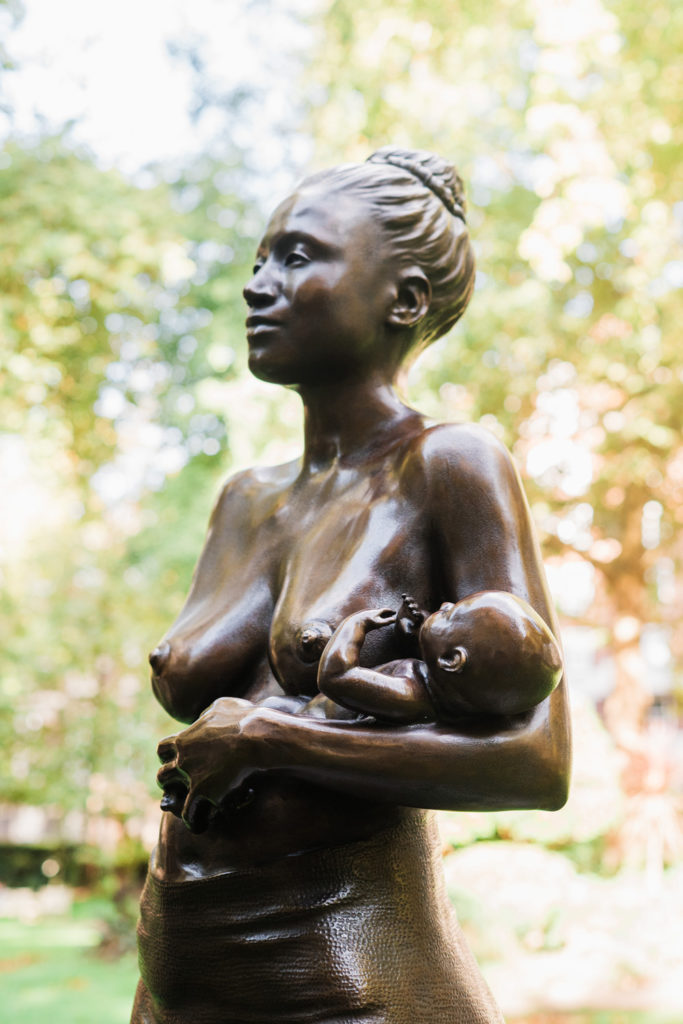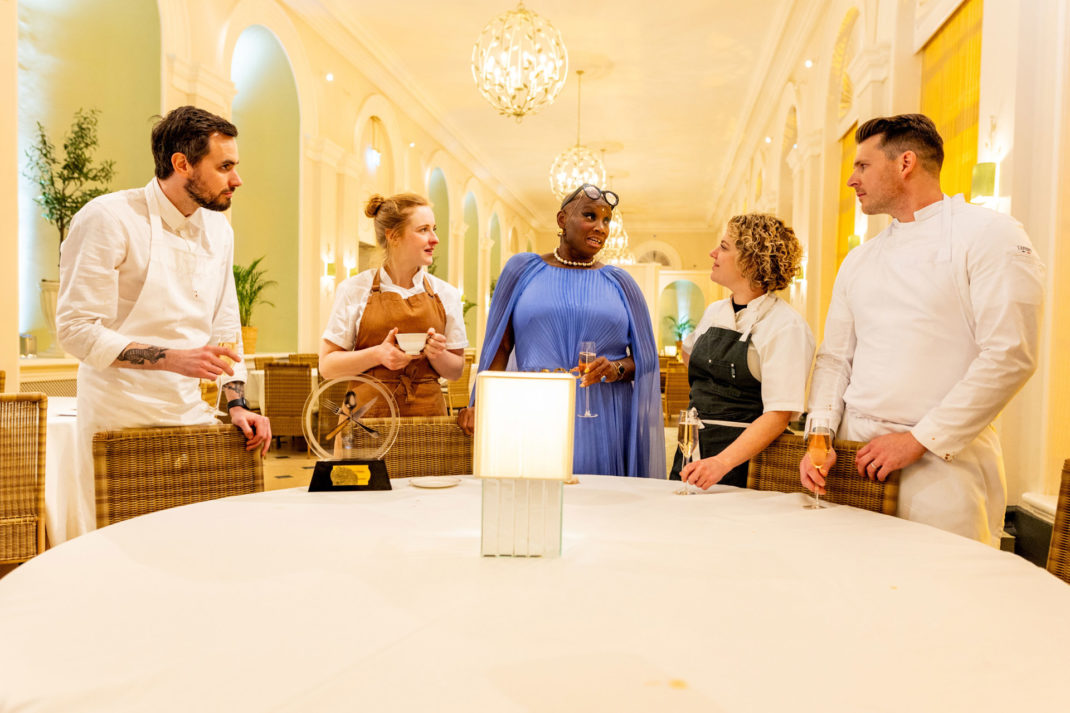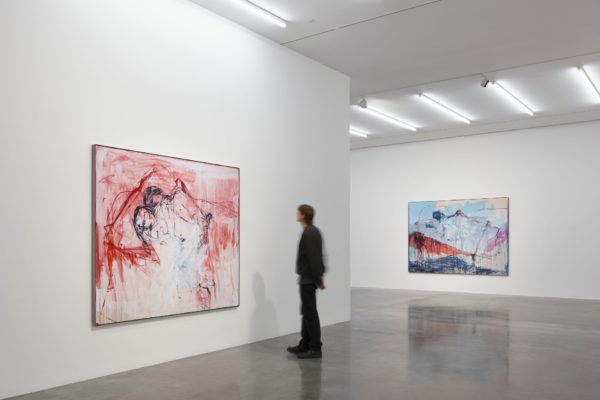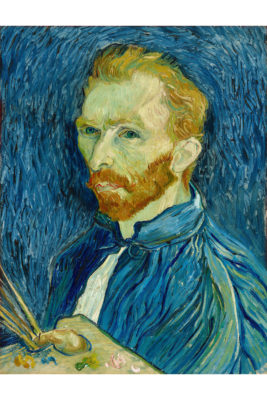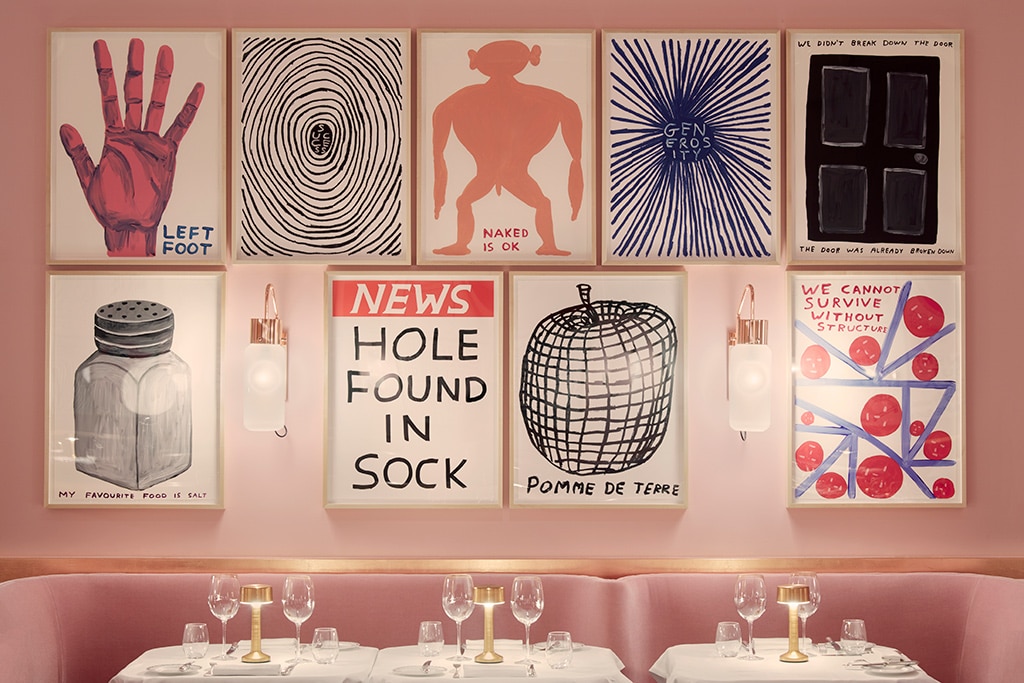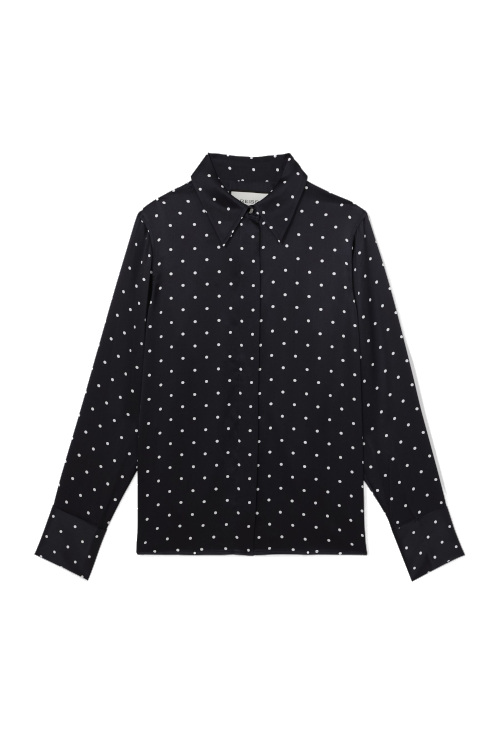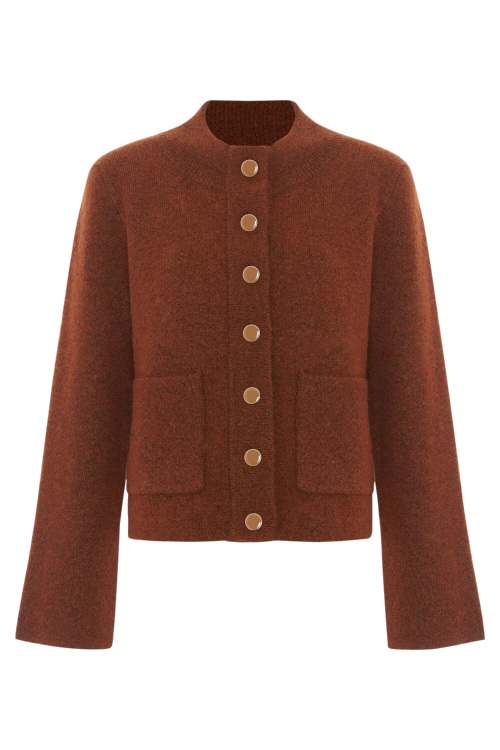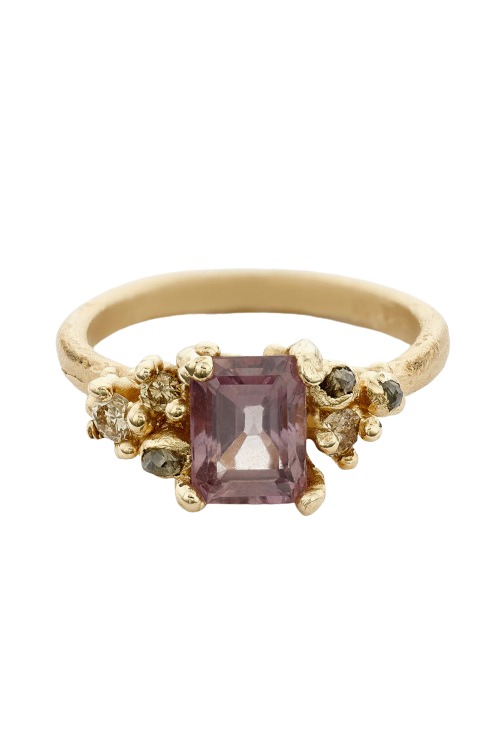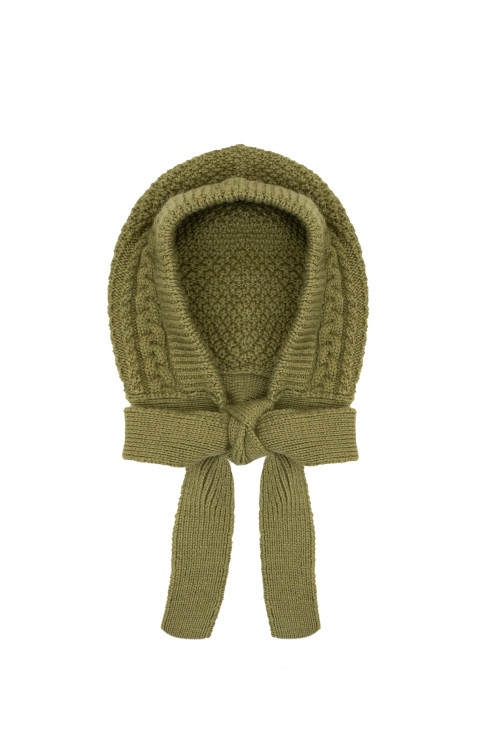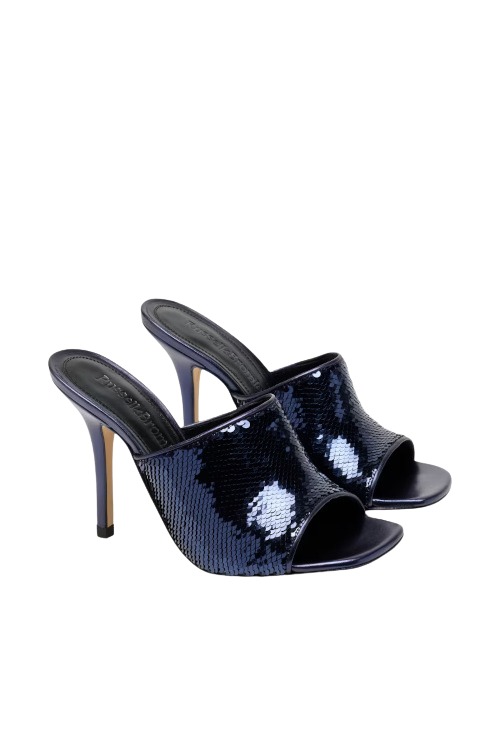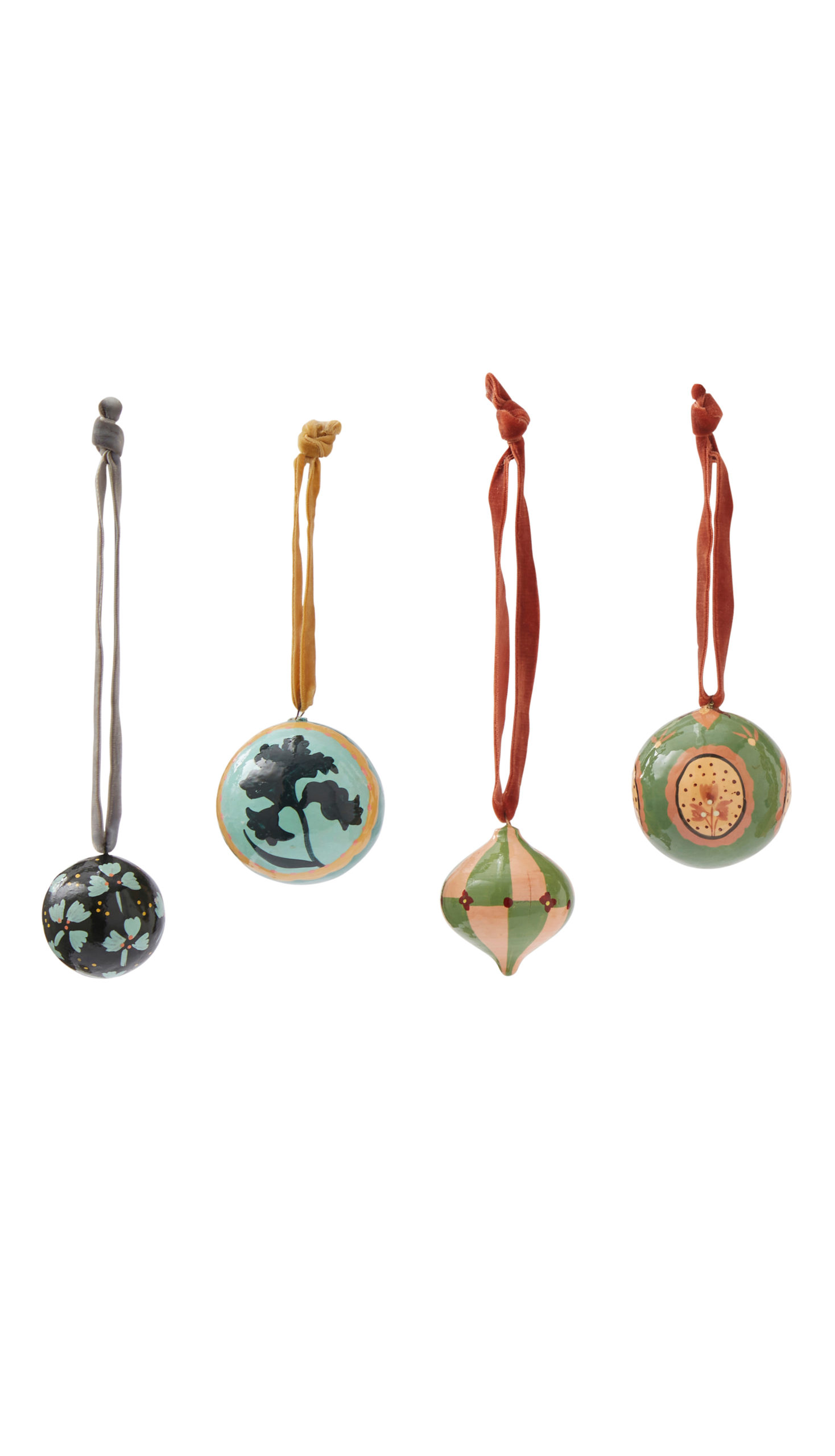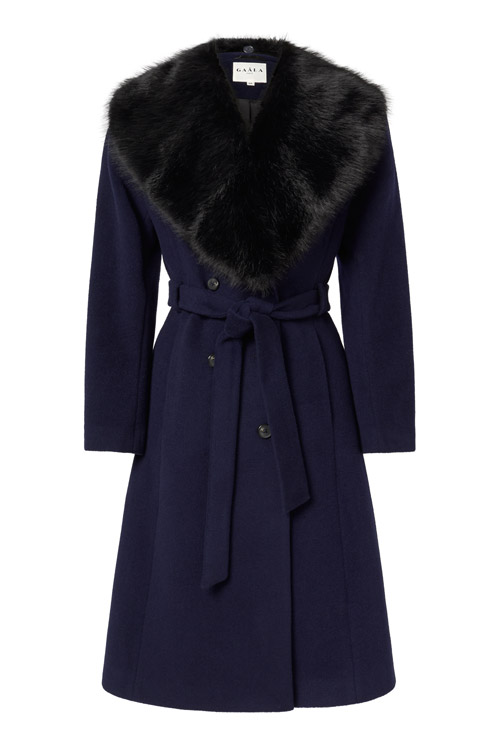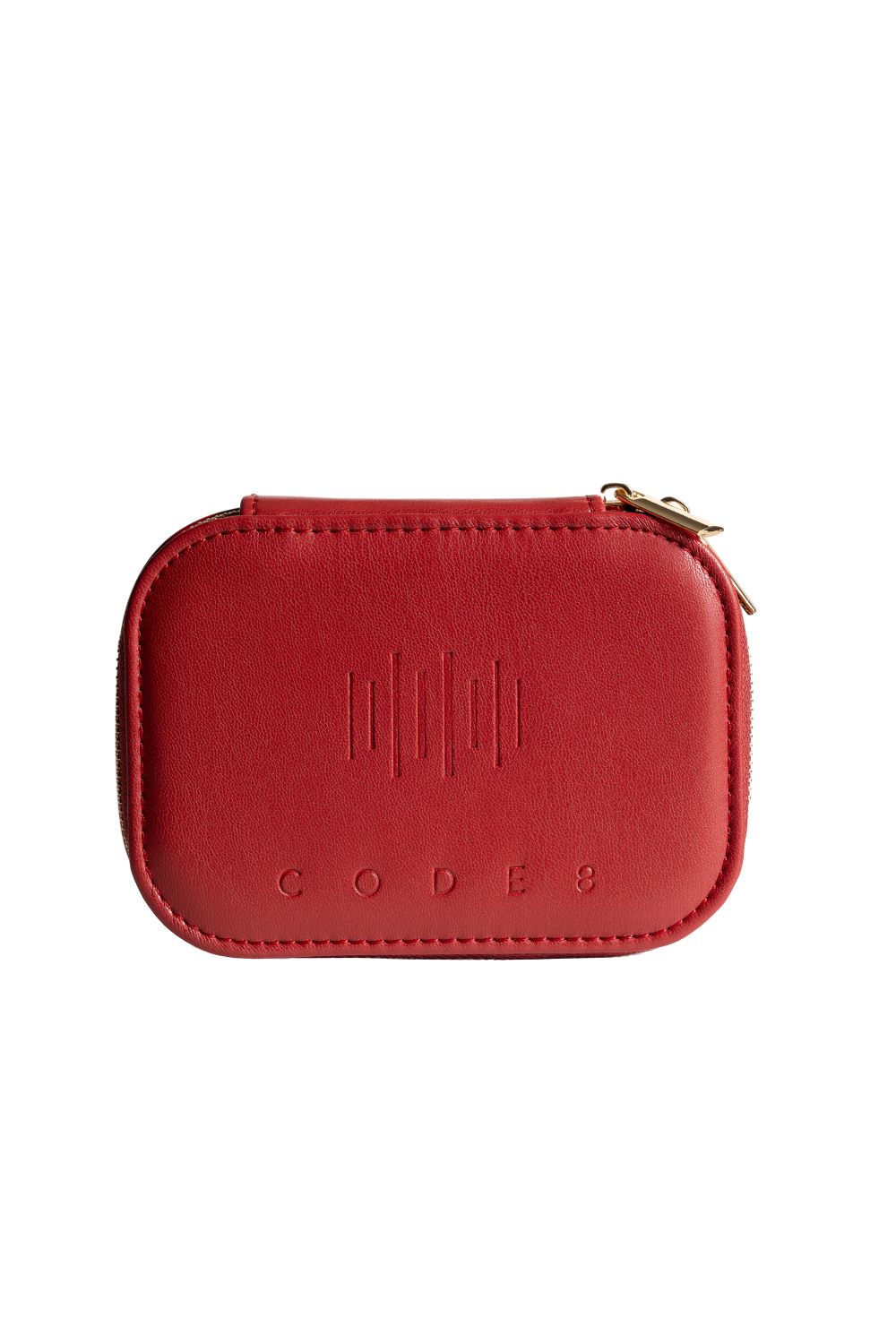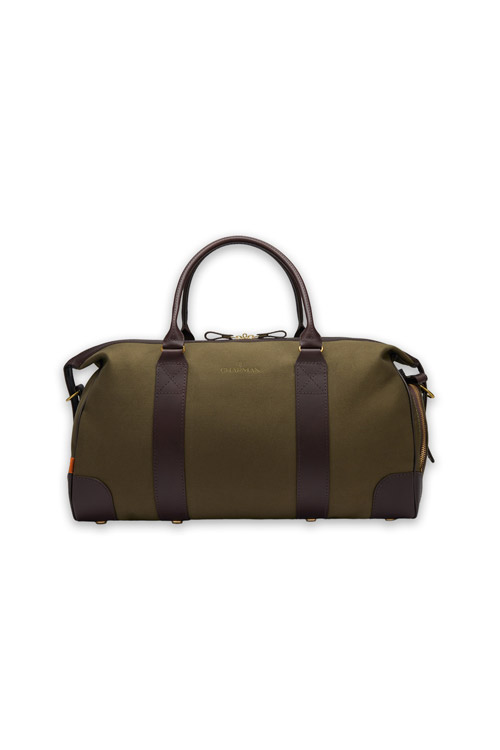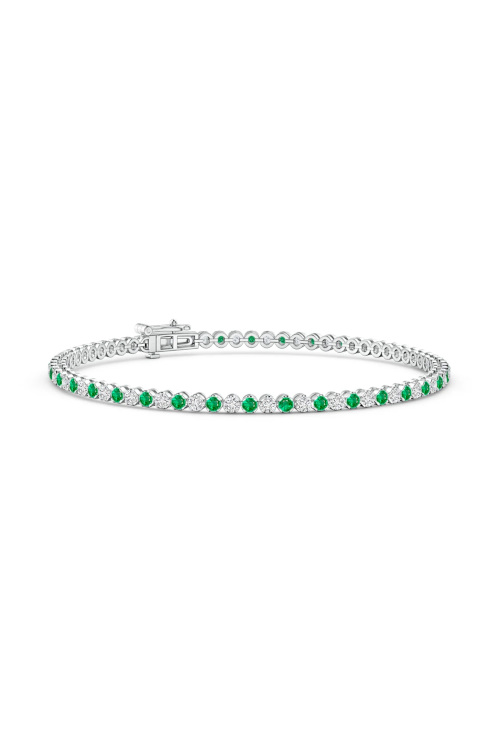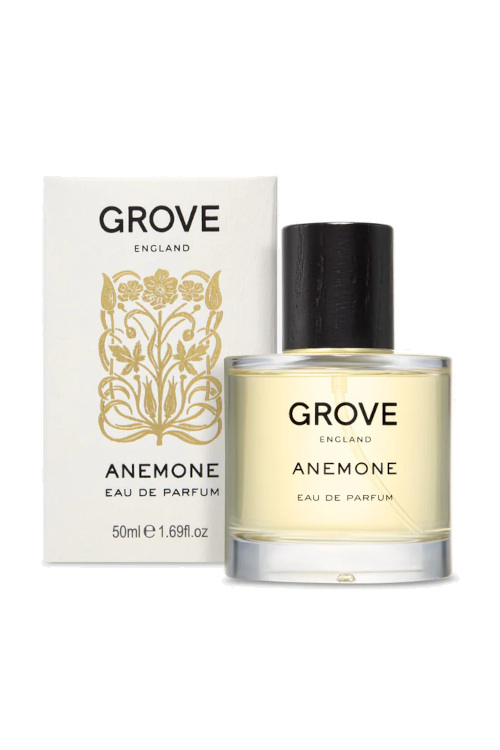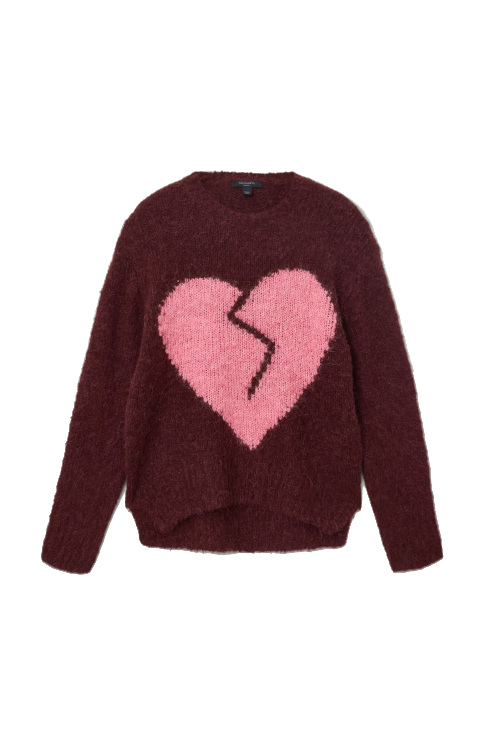What To Expect From The Silk Roads Exhibition At The British Museum
By
1 year ago
Step back in time
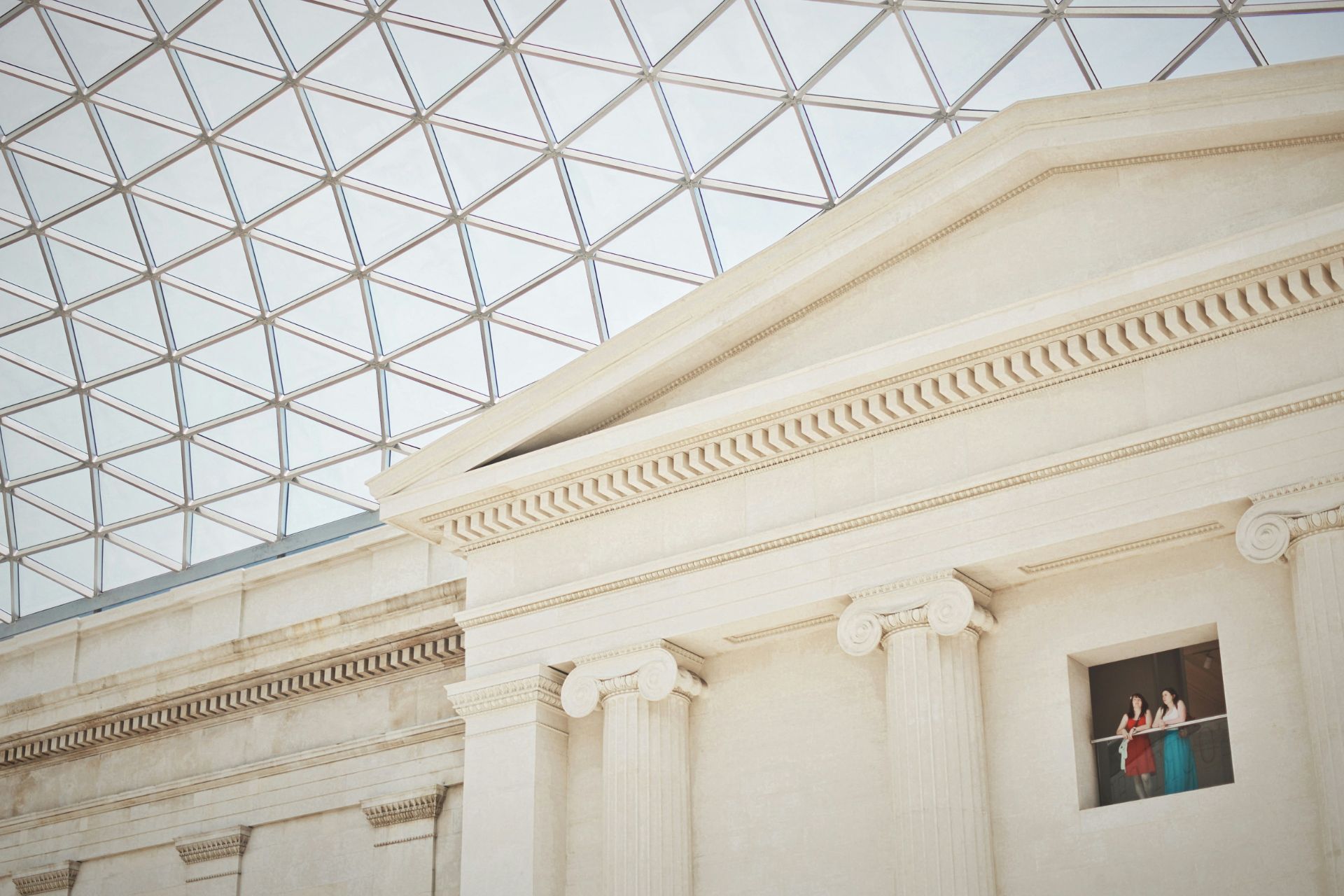
The British Museum’s Silk Roads exhibition deciphers a maze of routes crossig cultures, continents and creative trades, says Wendyrosie Scott.
Inside The Silk Roads Exhibition At The British Museum
There was much anticipation at the opening of the Silk Roads exhibition. For those romantics who have rather ridiculously exoticised this cultural and historical entity (guilty), it may at first glimpse seem a tad dry and dull. Where is the exuberant colour and grandeur or the sassy, silk-clad dancers encountered on such travels? Where are the entrepreneurial chancers who plied their wares to become the Richard Branson of their time? Well, many elements (such as silk-related artefacts and a stunning ceramic drinking vessel) are in the presentation, but in a more scholarly, archaeological and factual format. (It is the British Museum, after all!) But don’t let that paint an altogether serious vision; this is cosmopolitanism writ large.
The Silk Route, a revered tangible definition of land-mapped travel and trade, is in reality a complex and confusing notion, crossing seas, continents, deserts and mountains. The museum successfully depicts in stark contemporaneity how the Silk Roads were intertwining networks across Asia, Africa and Europe, from Japan to Britain, and from Scandinavia to Madagascar.
Spanning a defining period in history from about AD 500–1000, many exhibits have once more travelled thousands of miles across continents and cultures to form a coherent and curated collection. The extensive showcase of over 300 objects – including generous loans by 29 lenders from national and international institutions – is all the better for its cooperative and collaborative work.
It’s the first exhibition in the British Museum’s history to take a multi-curatorial approach, featuring objects from across the institution. Other items on loan are precious artefacts enabled via new partnerships with Uzbekistan’s Art and Culture Development Foundation (ACDF) and museums from Tajikistan, demonstrating the importance of Central Asia. Such partnerships are surely a positive. Several objects are on display in the UK for the first time, including the oldest chess pieces ever discovered; it’s a work of wonder.
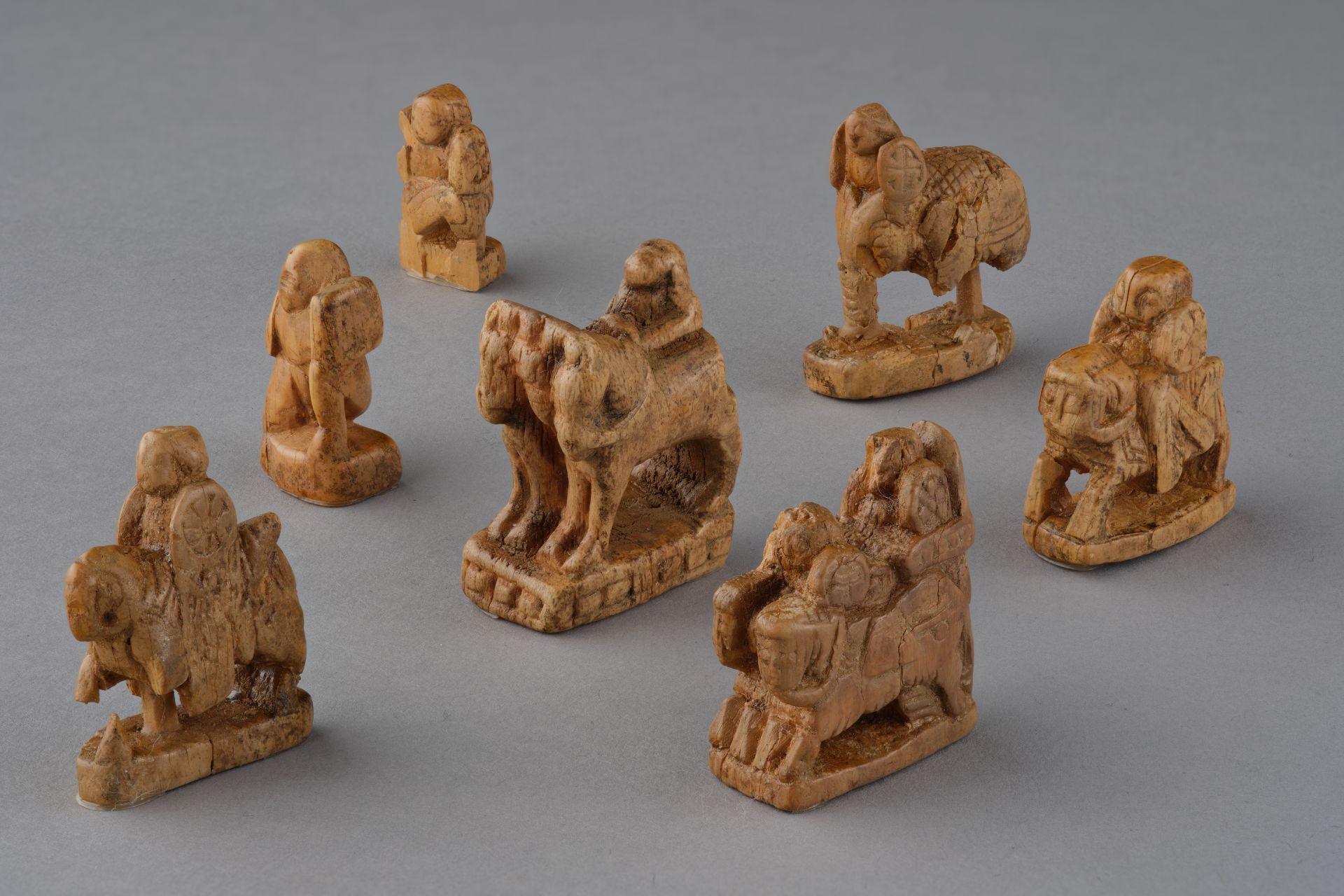
Ivory chess pieces, © ACDF of Uzbekistan, Samarkand State Museum Reserve
With the manufacture and movement of luxury goods on display from jewellery to funerary bowls, there are some wholly unexpected items, such as the paper version examples of the Quran, which are quite mesmerising, and whose sacred text seems to skip and reel along on the page. There are also several animal representations and totems in the exhibition, depicting our contradictory respect, commodification and exploitation of animals, which sadly continues into the present day. There is reverie for many animals, but mostly the usual suspects such as the horse – which, along with the camel, of course, enabled travel and the transportation of goods. (Especially silk!)
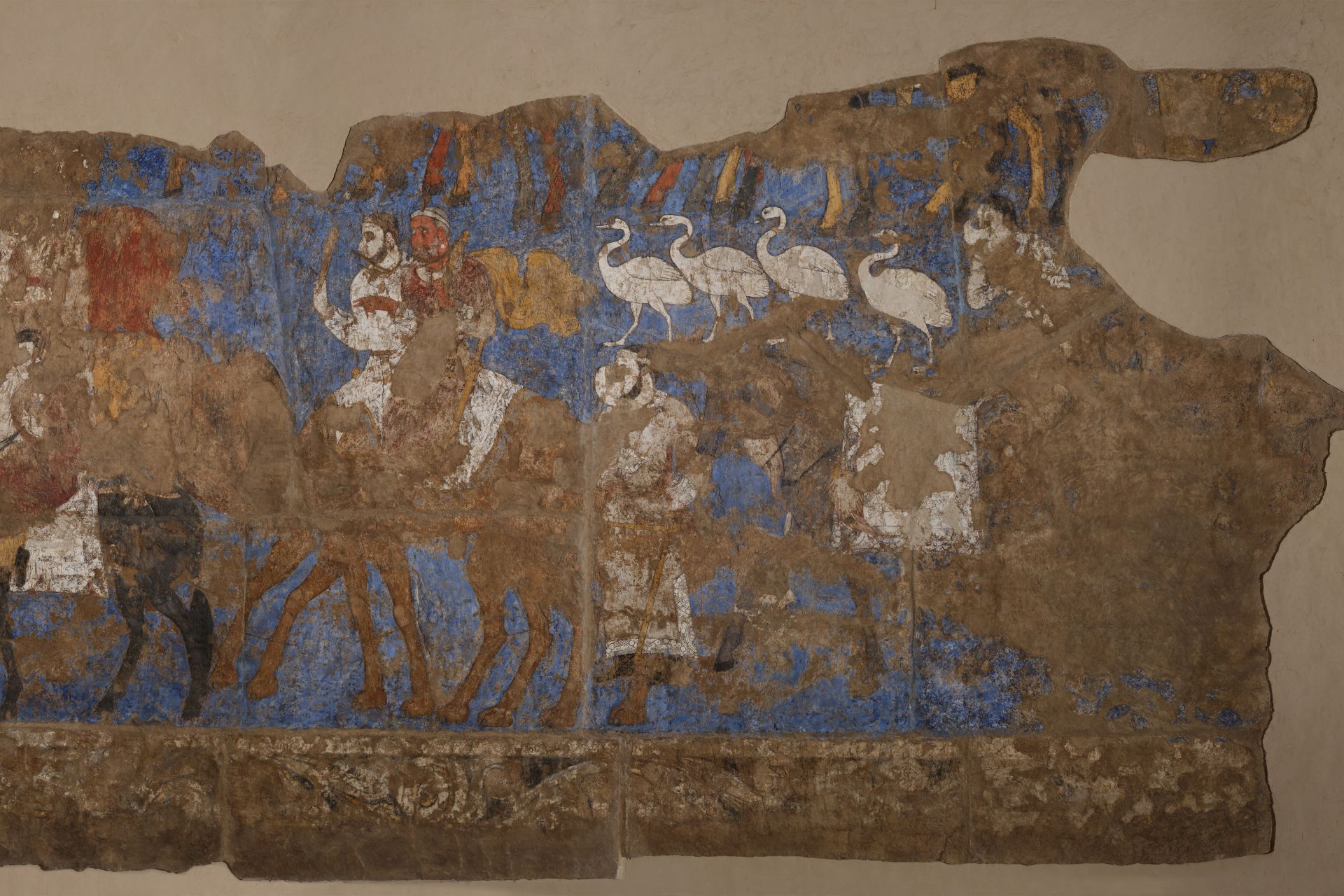
Wall painting from the south wall of the ‘Hall of the Ambassadors’. © ACDF of Uzbekistan, Samarkand State Museum Reserve
Migrating across continents to bring us all closer culturally and historically, the presentation concentrates on a sense of interconnectedness that we sometimes neither care nor dare to contemplate. It’s like an ancient version of the internet, brought bang-up-to date, somewhat ironically, through its ancient and archaic treasures.
By the time you reach Ireland and the UK, you are on your way out (and I’m not talking about the gates of heaven getting ready to open) – when the UK becomes part of the plurality of the Silk Routes, it’s almost time for visitors to exit the exhibit, though not before finding your place in all of this, since the British Museum brings something for everyone.
For this proud Northumbrian, it was Franks Casket, a square-shaped box of delights, created with substance and intricacy. Carved out of whalebone, it’s seemingly part of the British Museum’s permanent collection. It was created in Northumberland by a monk (surely on Lindisfarne island, known for its sense of spirituality and famous for its former monastery). This was found across the water in France, and its title touchingly pays tribute to the whale who lost its life when its body was washed up on the beach. A bittersweet notion which at least meant it had not been taken by force (as was and still is, often the situation). There is something genuinely mystical about the box. Positioned to be seen from every angle, its inscriptions tell tales from around the world and are all held in this small, spellbinding square whose secrets and stories speak of ancient lifestyles and lives lived and lost.
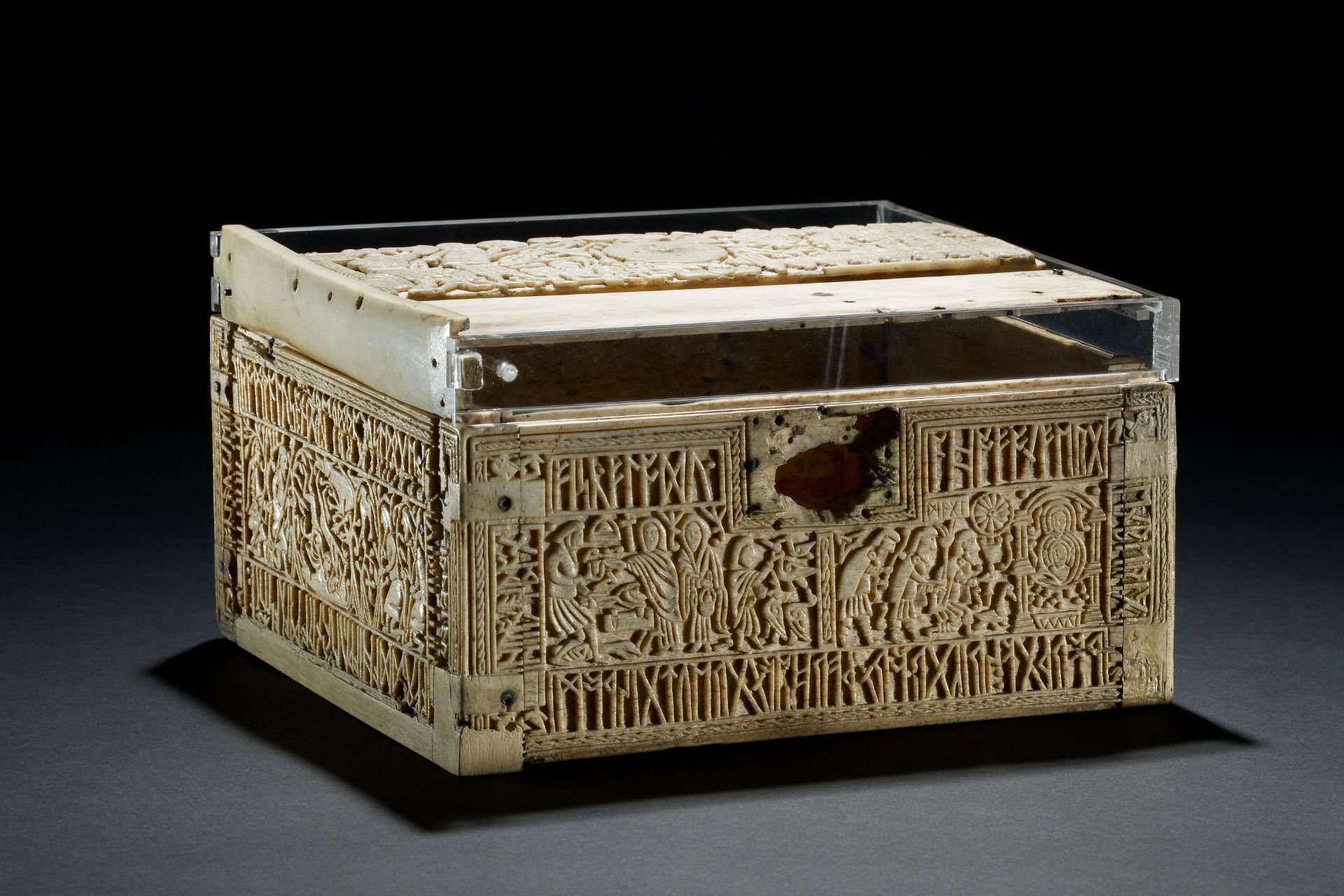
‘The Franks Casket’. ©The Trustees of the British Museum
The British Museum ingeniously gives us just enough to spark our inquisitiveness, while allowing space for further questioning and theories, and leaving us wanting more.
The Silk Roads exhibition also helps to unravel what is a complex cross cultural multi-route. It’s a relatively modest-sized exhibition, and somewhat of a slow burn, so take time with it and you will be rewarded.
VISIT
The British Museum is open from Saturday to Thursday between 10am and 5pm and between 10am and 8:30pm on Fridays.
An audio tour for the Silk Roads exhibition is available on the British Museum Audio app, providing exclusive curators’ commentary on a selection of highlighted objects from the exhibition. Available in both English and Chinese (Mandarin) for on-site and online users. britishmuseum.org/silkroads

